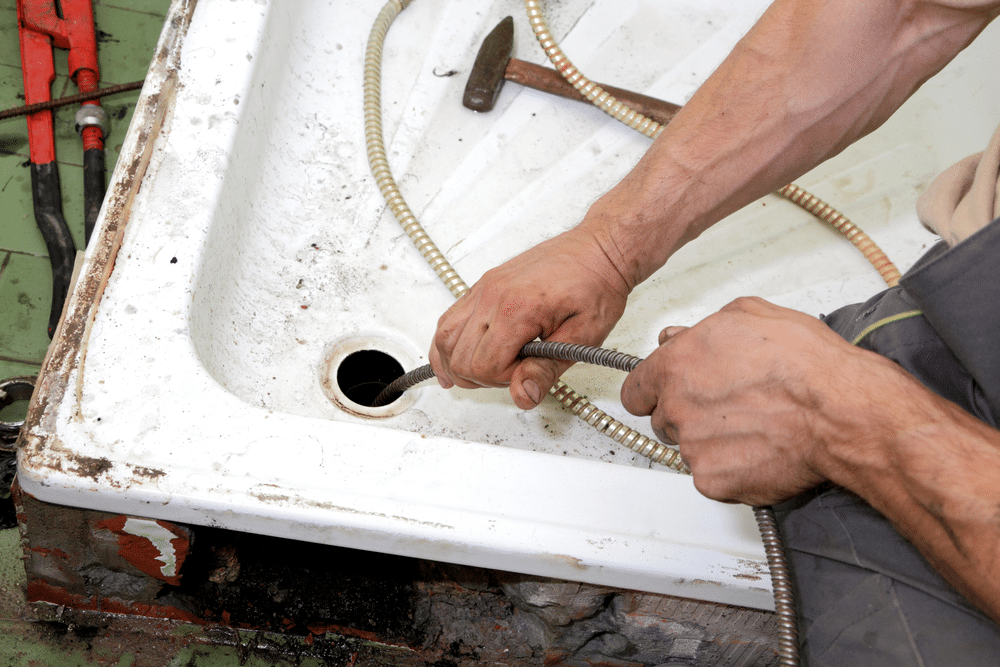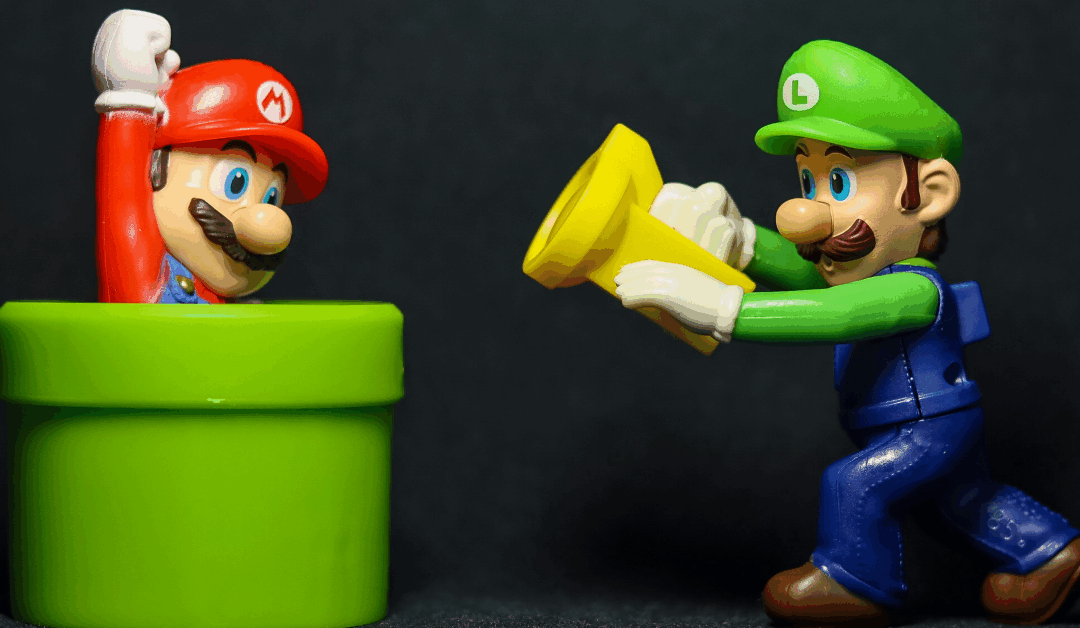Clogged drains can cause major headaches. In need of a quick fix? Our guide to drain cleaning services outlines how professionals can address your blockage efficiently, offering relief and preventing future issues. Understand the root of the problem and the advanced solutions available to keep your pipes clear.
Key Takeaways
- Professional drain cleaning services are essential for the efficient removal of stubborn clogs and maintaining a healthy plumbing system, while DIY methods can be ineffective or damaging.
- Different types of drains, like bathroom sinks, showers, toilets, and kitchen sinks, face common clogging issues from substances such as hair, soap scum, and grease, necessitating specific strategies for prevention and cleaning.
- Professional plumbers use techniques like hydro jetting, drain snaking, and chemical cleaners to clear clogs, and routine plumbing inspections and proper waste disposal practices are crucial for preventing future blockages.
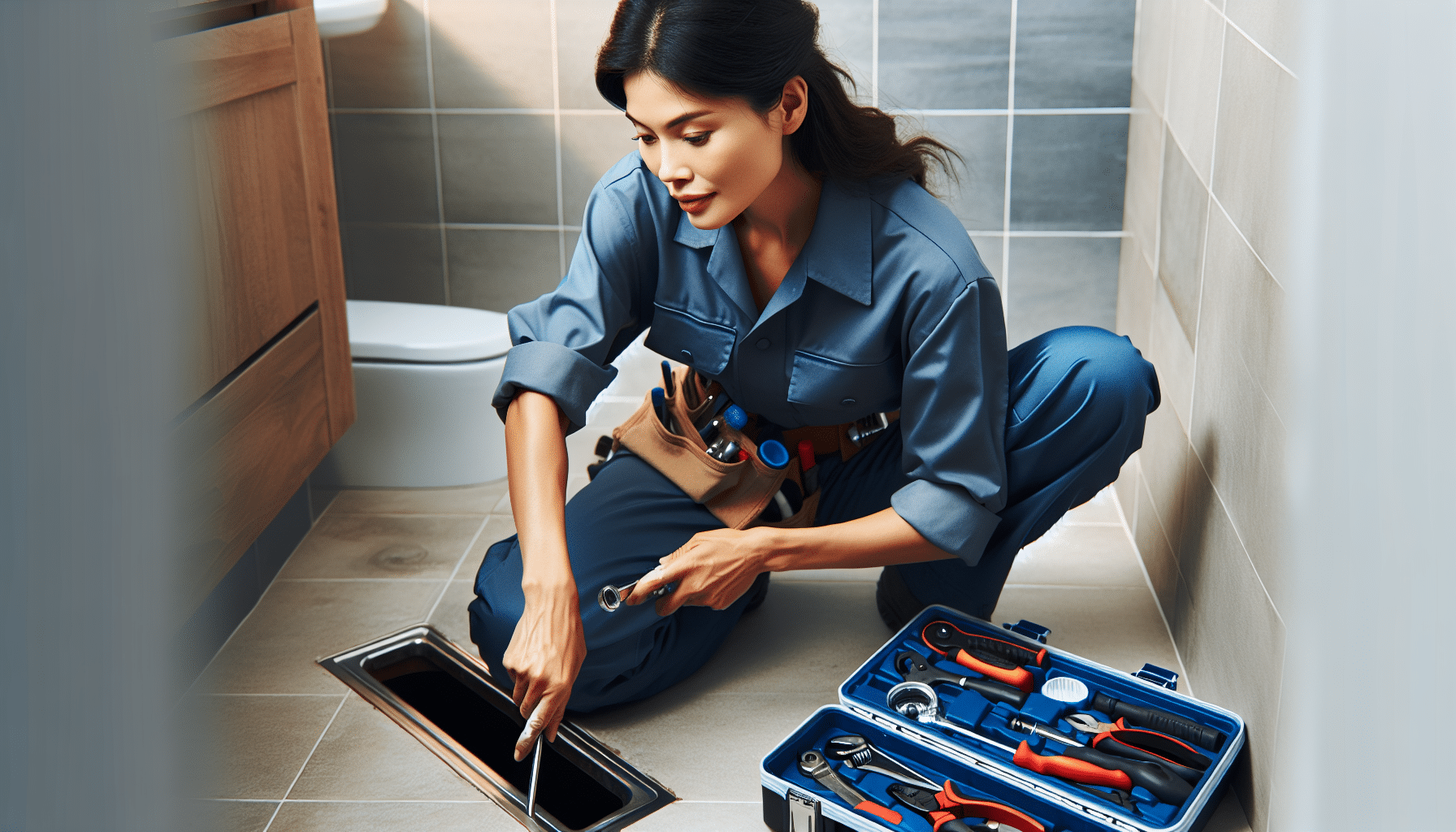
Understanding Drain Cleaning Services
Professional drain cleaning services offer an efficient and effective solution for removing stubborn clogs, maintaining plumbing system health, and preventing costly future repairs. To ensure the best results, it’s important to schedule professional drain cleaning. A drain cleaning service usually entails a comprehensive approach, where plumbing experts evaluate the issue, determine the type and condition of the drain lines, and employ specialized techniques and equipment to eliminate clogs.
Schedule Service Online
Get a free estimate so you know what you're signing up for
"*" indicates required fields
For Emergency Services Call: 410-255-9300

Relying on professional plumbers for the removal and prevention of future clogs is advisable due to their utilization of advanced technology and techniques in maintaining the plumbing system’s health. This proactive approach mitigates the risk of expensive repairs in the future, standing in stark contrast to DIY drain cleaning methods, which often prove inadequate in the face of stubborn clogs.
Professional Assistance vs DIY Methods
While DIY methods may seem like an economical alternative, they can prove ineffective, and in some cases, even harmful. Typical DIY methods include:
- Air burst drain cleaners, which often lack the power to clear stubborn clogs
- Store-bought drain cleaning chemicals, which can damage pipes over time
- Tools such as augers or drain snakes, which are only suitable for smaller drains
It is important to consider these limitations and potential risks when attempting to unclog a drain on your own.
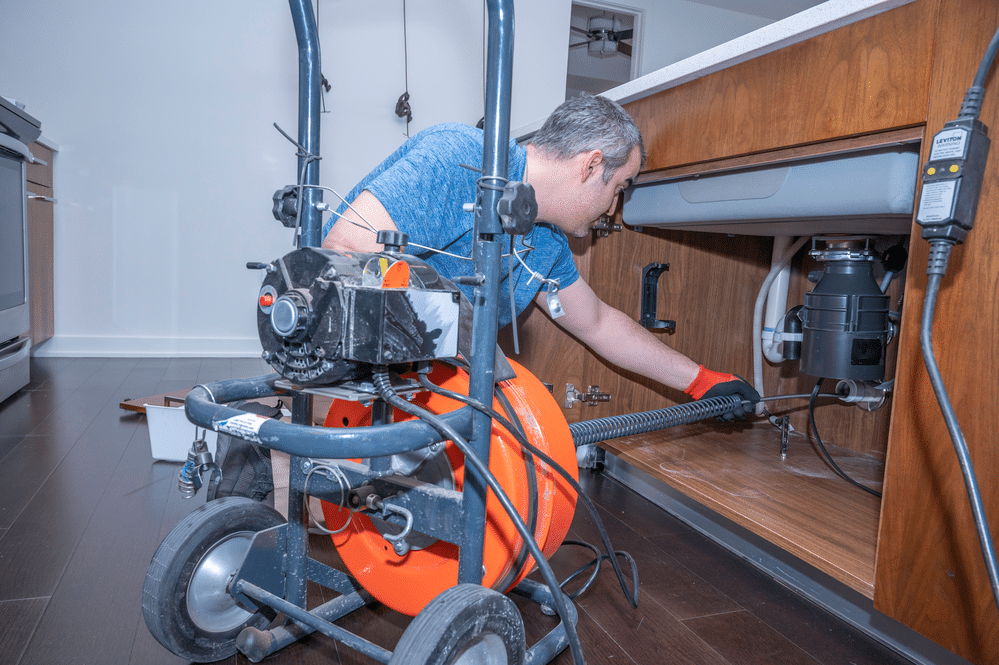
On the other hand, engaging a professional team for drain cleaning ensures the efficient removal of even the most stubborn clogs. Professionals are equipped with the right tools and knowledge to deal with a variety of clogs, ensuring that your drains remain clear and functional.
Factors Affecting Drain Cleaning Cost
The cost of drain cleaning services can be influenced by a number of factors. The severity of the clog and the type of drain being serviced are two key considerations. More severe clogs may require multiple cleanings or the use of more expensive drain cleaning solutions like hydro jetting, which could increase the overall price.
Various types of drains, including floor drains, may necessitate specific tools or techniques for thorough cleaning, which could potentially affect the pricing.
The typical range of costs for professional drain cleaning services varies, usually falling between $147 and $342, depending on whether it is for cleaning a single drain or multiple drains.
Types of Drains and Common Clogging Issues
Different types of drains are susceptible to different types of clogs. Prevalent types of debris that can lead to drain blockages include:
- Soap
- Hair
- Cooking oil or grease
- Food scraps
- Natural debris such as twigs and leaves
Understanding the common issues that lead to clogging in each type of drain can help you prevent these issues and maintain a well-functioning plumbing system.
This part of the article will provide a detailed overview of the types of drains commonly found in homes, including sink drain types such as:
- Bathroom sink drains
- Shower drains
- Toilet drains
- Kitchen sink drains
It will also cover common clogging issues for each type and offer prevention strategies.
Bathroom Sink Drains
Bathroom sink drains are arguably the most commonly used drains in a home, and they’re no strangers to clogs. Typical factors leading to blockages in bathroom sink drains include hair, toothpaste, and soap scum.
Hair can contribute to clogs in bathroom sink drains due to its tendency to get caught in the pipes, especially when mixed with soap residue and other materials. Soap scum contributes to clogs by creating a sticky buildup within the pipes as a result of chemical reactions between soap and minerals in water. This sticky substance traps hair, toothpaste, and other materials, ultimately causing persistent clogs.
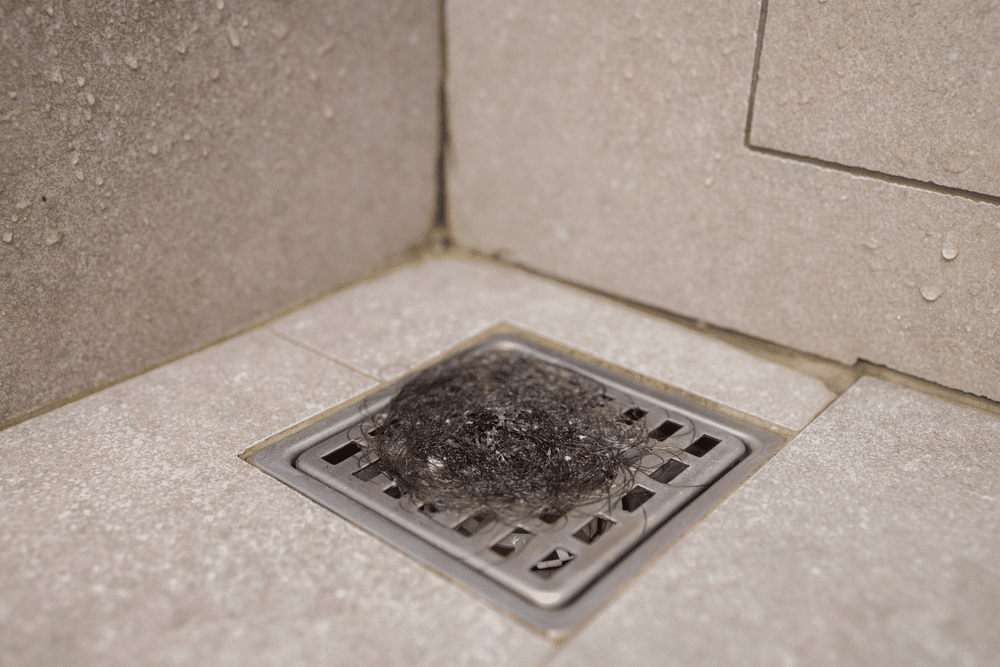
Shower Drains
Shower drains, like bathroom sink drains, are also prone to clogs. Accumulation of hair, soap, and other debris are the typical factors contributing to clogs in shower drains. Engaging professional plumbers ensures the efficient removal of deep-seated clogs, such as those caused by the accumulation of human hair, pet hair, or soap scum, which may be challenging to address through DIY methods.
Indications of a clogged shower drain include unpleasant odors, reduced drainage speed, and accumulation of water in the shower area. To prevent blockages, it is advisable to clean shower drains monthly. If the shower is used by multiple individuals with long hair, it is recommended to clean the drains every other week.
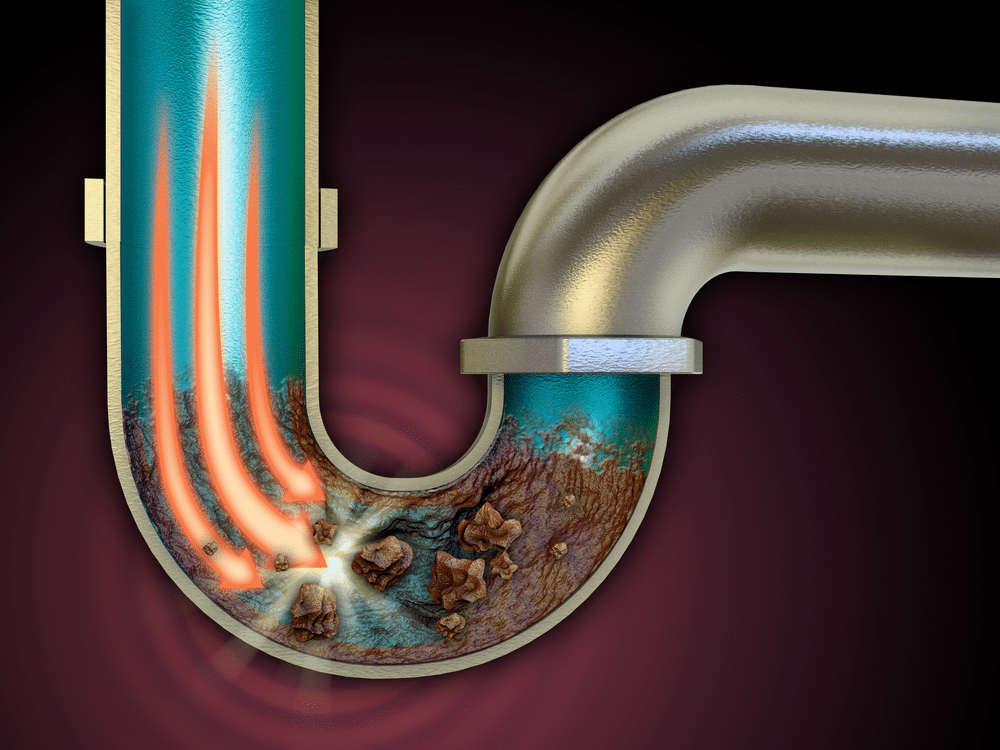
Toilet Drains
Toilet drains can be tricky. Inappropriate disposal of items down the toilet can cause severe clogs. Common clogging problems in toilet drains are often caused by factors such as:
- inadequate flushing power
- an obstructed trap or drainpipe
- excessive use of toilet paper
- the flushing of non-flushable objects or accidental flushes
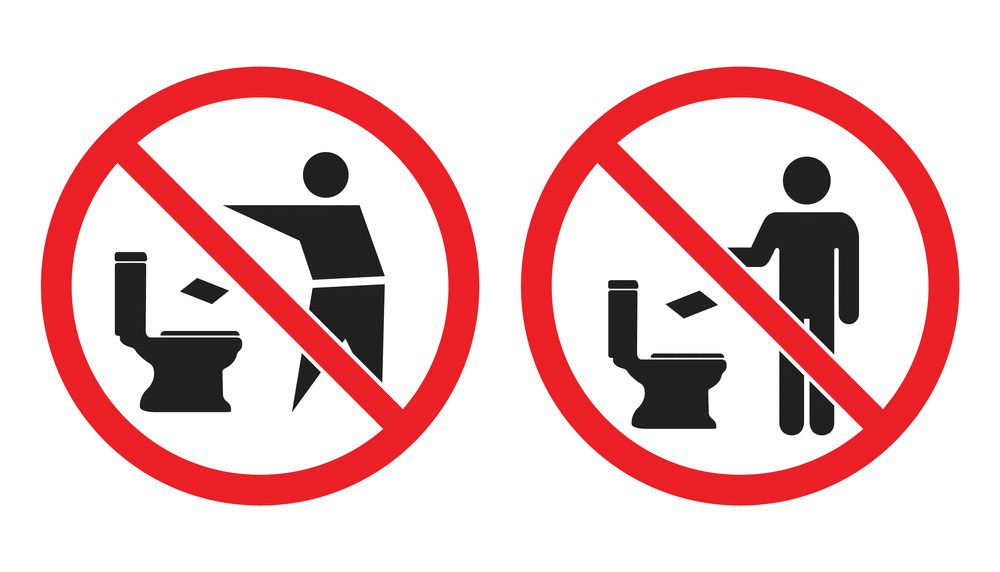
Flushing inappropriate items down the toilet can result in clogged pipes, sewer backups, and damage to the plumbing system, potentially leading to flooding in homes and gardens. Typical items that are not suitable for disposal in the toilet include:
- ‘flushable’ wipes
- paper towels
- tissues
- excessive toilet paper
- cosmetic wipes
- baby wipes
- condoms
- tampons
- diapers

Kitchen Sink Drains
Kitchen sink drains are another common source of clogs. Common causes of clogs in kitchen sink drains include:
- Grease
- Fat
- Food debris
- The accidental presence of foreign objects such as a fork
The accumulation of grease can result in clogs as it solidifies and builds up, constricting the flow of water.
To prevent and clear grease clogs, one effective method is to use a mixture of boiling water with vinegar or a combination of vinegar and dish soap. Clogs in kitchen sink drains have the potential to cause plumbing leaks in pipes connected to sinks, tubs, and garbage disposals. If left unaddressed, these issues can have significant consequences on the plumbing system.
Efficient Drain Cleaning Techniques
Professional plumbers employ a variety of techniques to tackle stubborn clogs. These techniques range from traditional methods like drain snaking to more advanced methods like hydro jetting and the use of chemical drain cleaners. Each of these methods has its own advantages and is effective in different situations.
This part of the article will describe various effective drain cleaning techniques, explaining their functioning and optimal usage. This information will provide clarity on the process involved when you call for professional drain cleaning services, and can guide you in making decisions about maintaining your home’s plumbing system.
Hydro Jetting
Hydro-jetting is a powerful method that uses high-pressure water to clear blockages. This method utilizes high-pressure water, reaching up to 4000 psi, to effectively clean drains and eliminate tough, persistent blockages.
The hydro jetting process includes the following steps:
- Thorough inspection of the pipes using a camera scope to detect any cracks or clogs.
- Insertion of a specialized jetting hose into the plumbing line.
- Adjustment of water pressure as required.
- Utilization of pressurized water to clear any blockages within the pipes.
Hydro jetting is proficient at removing diverse types of drain clogs, encompassing blockages from solid materials and overall buildup within the pipes.
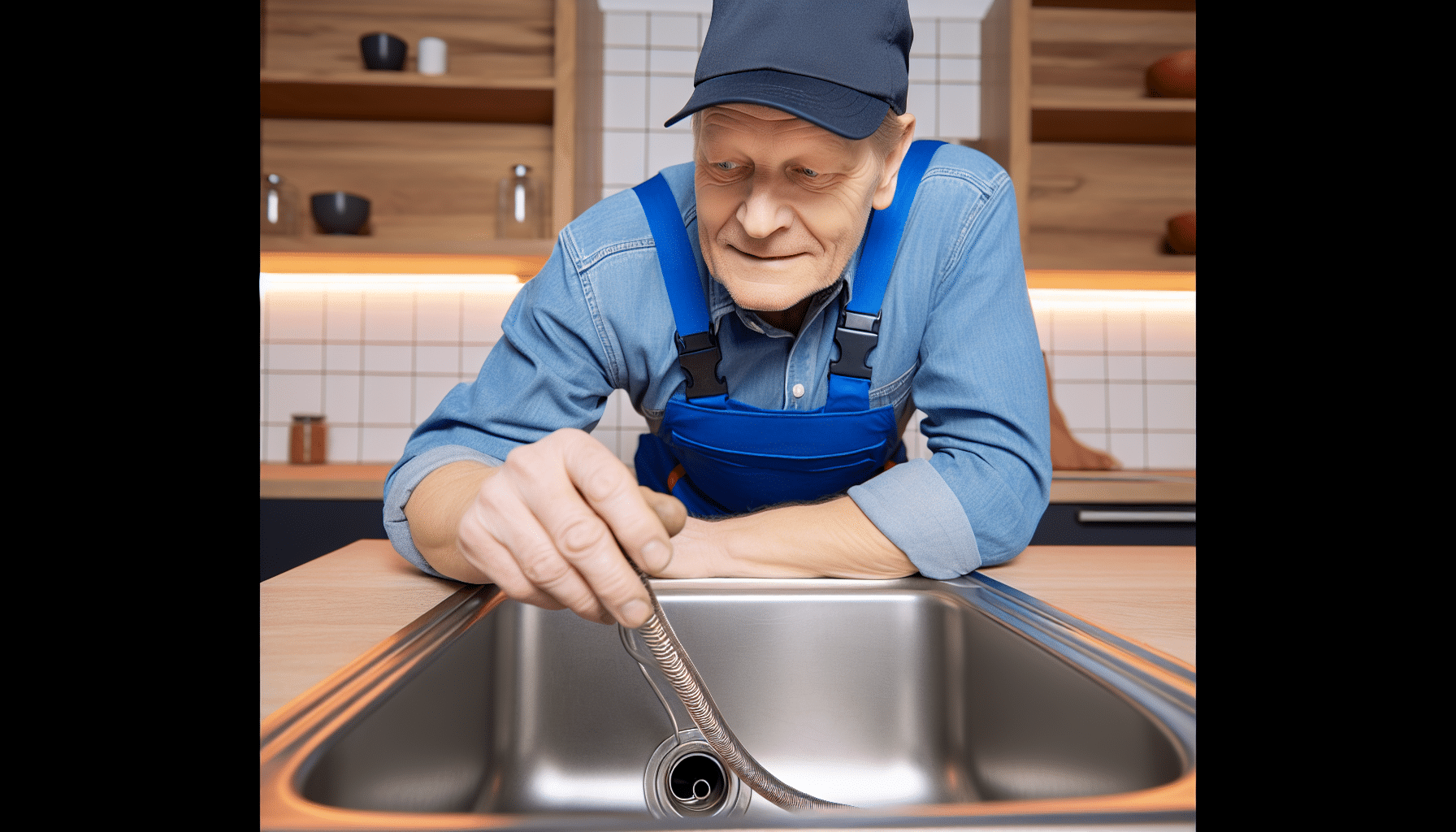
Drain Snaking
Drain snaking is another common technique used to remove clogs. This method operates by utilizing a lengthy, slender, flexible auger to effectively eliminate persistent clogs through hooking or breaking them up. This makes it a highly efficient tool for addressing most clogs that are unresponsive to plunging.
The procedure for drain snaking entails the following steps:
- Insert a lengthy, slender, flexible auger into the drain pipe.
- The auger features a metal coil that is twisted downward to dislodge or hook onto a blockage and remove it.
- Manual or electric drain snakes can be acquired at a local hardware store.

Chemical Drain Cleaners
While chemical drain cleaners can be effective at clearing clogs, they also have potential drawbacks. These cleaners operate by utilizing a chemical reaction or highly alkaline solution to disintegrate the clog and unclog the drain.
Despite their effectiveness, the use of chemical drain cleaners can result in gradual pipe erosion, which may eventually cause leaks and corrosion. Therefore, it’s important to use these cleaners judiciously and consider other methods if the clog persists.
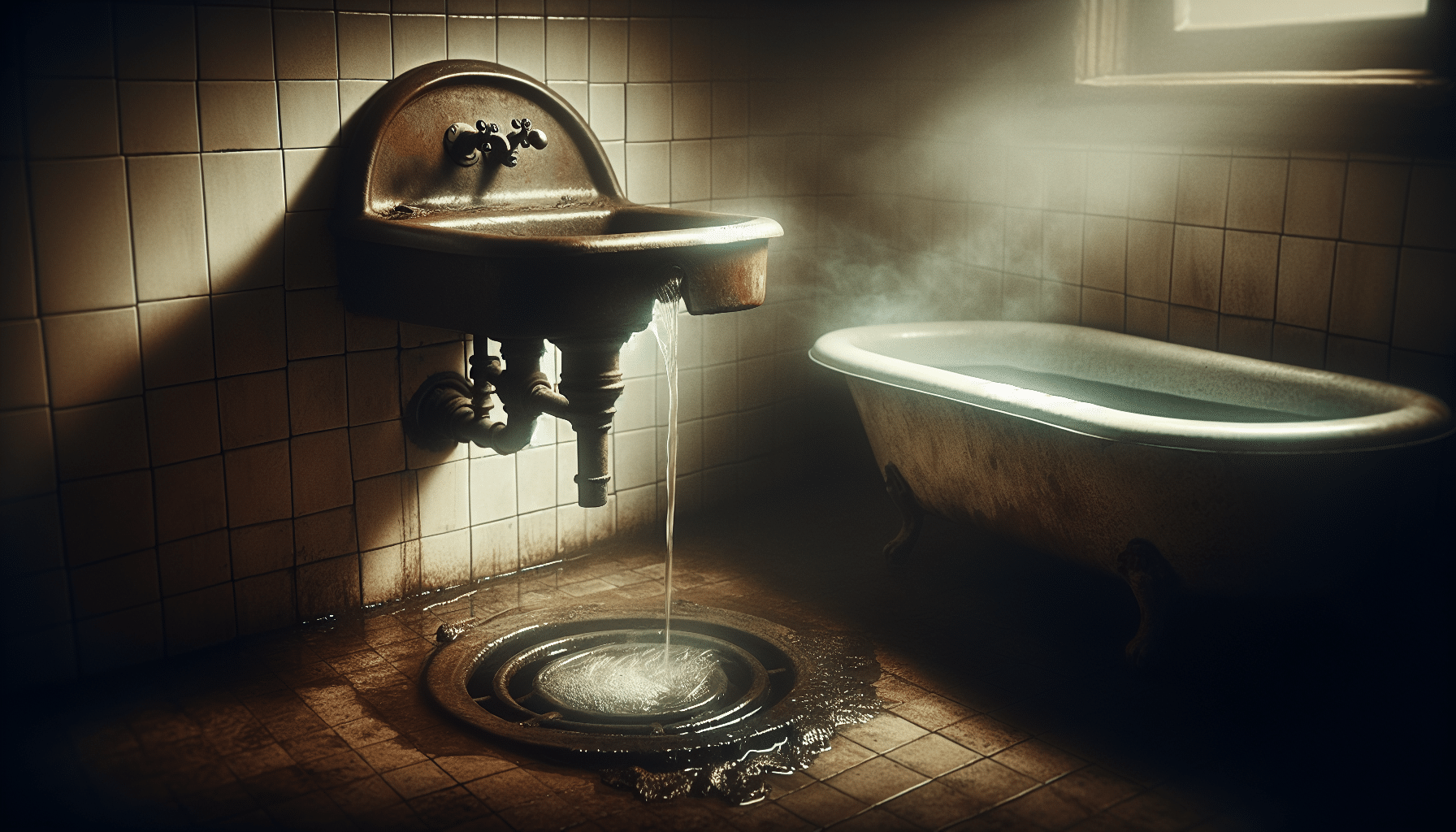
Warning Signs of Clogged Drains
Recognizing the warning signs of a clogged drain is the first step in preventing a small issue from escalating into a major problem. Typical indicators of a clogged drain include slow draining water, unpleasant odors, and frequent toilet overflow.
This part of the article will provide a deeper understanding of these warning signs, detailing their implications and recommended responses. Recognizing these signs early can allow swift action and might help you avoid expensive repairs.
Slow Draining Water
One common sign of a clogged drain is slow draining water. The slow drainage of water often signifies a clogged drain, as it is commonly caused by the accumulation of substances such as soap scum, hair, and debris that obstruct the flow of water.
If water is taking longer than usual to drain from your sink or bathtub, it’s likely that there’s a developing clog in your pipes. Soap scum, hair, and small waste particles can all accumulate in the pipes, leading to partial clogs and slow drainage.
Unpleasant Odors
Unpleasant odors emanating from your drains can be a clear indication of a clog. These odors are typically the result of a buildup of soap scum, hair, leftover toothpaste, or food debris.
Unpleasant smells can also be an indication of a blockage in the plumbing system. This may suggest a main sewer line blockage, as the clog hinders the proper exit of waste and gases. Therefore, if you notice any unusual or unpleasant smells coming from your drains, it’s important to seek professional assistance immediately.
Frequent Toilet Overflow
Frequent toilet overflow is another warning sign of a clogged drain. This can stem from various factors, including excessive waste and/or toilet paper flushed at once, an obstructed trap or drainpipe, or the flushing of non-flushable items.
Frequent toilet overflows can result in significant harm to the plumbing system, such as:
- pipe deterioration
- damage to system components
- leaks
- subsequent water damage within the property
If you’re experiencing frequent toilet overflows, it’s crucial to seek professional help as soon as possible.
Preventative Measures for a Clog-Free Plumbing System
Prevention, as they say, is better than cure. This saying holds true when it comes to maintaining a clog-free plumbing system. By taking proactive measures, you can prevent clogs from forming and avoid the hassle and cost of dealing with stubborn blockages.
This part of the article will detail some preventative steps you can take to maintain a clog-free plumbing system. These include regular drain cleaning, responsible waste disposal, and periodic plumbing inspections.
Regular Drain Cleaning
Performing regular drain cleaning is crucial in preventing the accumulation of buildup and blockages, ultimately ensuring the smooth functionality of the plumbing system. Not only does regular cleaning keep your drains clear, but it also helps to extend the lifespan of your plumbing system.
It is recommended to perform drain cleaning at least once a year, or every two years if you are thorough in your cleaning practices. Failure to conduct regular drain cleaning can lead to various undesirable outcomes, such as:
- Decreased water pressure
- Potential flooding
- Sewage backups
- Persistent clogs
- Leaks
- Harm to the plumbing system
Proper Disposal of Waste
Proper disposal of waste is another important preventative measure. The correct way to dispose of cooking oil and grease is by placing them in a labeled container and then disposing of it with regular garbage. Another option is to put cooled cooking oil/grease in a plastic bag, freeze it, and then discard it.
It’s crucial to remember that not everything can go down the drain. Household waste that should not be disposed of through the drain includes:
- grease
- coffee grounds
- egg shells
- fibrous foods
- ‘flushable’ wipes
- harsh cleaning products
- large items like plastics, toys, and cat litter, among others.
Routine Plumbing Inspections
Finally, routine plumbing inspections play a vital role in maintaining a clog-free plumbing system. These inspections can help identify potential issues before they escalate into major problems.
Plumbing inspections should be conducted biennially to proactively identify and address potential issues before they develop into significant problems. During a standard plumbing inspection, a plumber will conduct a thorough examination of:
- the water flow
- sinks
- toilets
- pipes
- lines
This is done to identify any leaks, damaged fittings, or other potential issues.
Summary
In conclusion, maintaining a clog-free plumbing system requires a combination of regular maintenance, proper waste disposal, and routine inspections. While DIY methods may seem appealing, they often fall short in dealing with stubborn clogs. Professional drain cleaning services, on the other hand, offer a comprehensive solution, tackling clogs with specialized techniques and preventing future blockages.
Remember, the key to a smoothly functioning plumbing system is prevention. By recognizing the warning signs of a clogged drain and taking the appropriate preventative measures, you can keep your plumbing system in top shape and avoid the hassle and cost of dealing with stubborn clogs.
Frequently Asked Questions
How much does it cost to unclog a drain line?
On average, the cost to snake a drain can range from $100 to $300, but unclogging a main sewer line can cost around $350 to $600. It’s important to address the issue promptly to prevent it from worsening.
Should I call a plumber for drain cleaning?
Yes, if you notice slow drainage, clogs, or foul odors from your drains, it’s best to call a plumber for drain cleaning as they are more reliable in addressing these issues.
Does MD Sewer clean drains?
Yes, Maryland Sewer & Plumbing Service has been the premier drain cleaning company throughout Maryland for quite a long time and is known for their top quality service.
Can a plumber clean a drain?
Yes, a professional plumber can use a motorized drain auger to clean most drain obstructions. It’s a common tool for unclogging drains effectively.
What causes drain clogs?
Drain clogs are typically caused by the buildup of debris like soap, hair, cooking oil, grease, food scraps, and natural materials such as twigs and leaves. Be mindful of what goes down your drains to prevent clogs.

